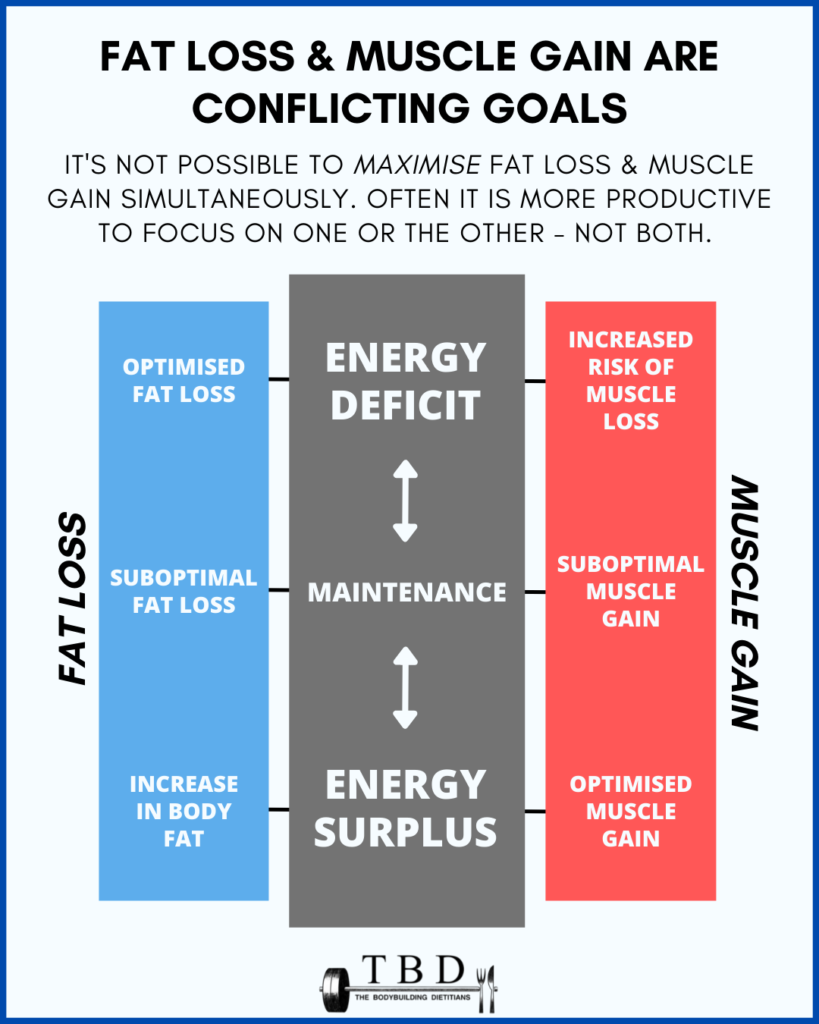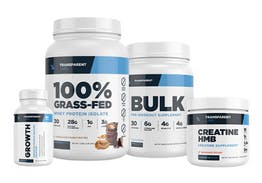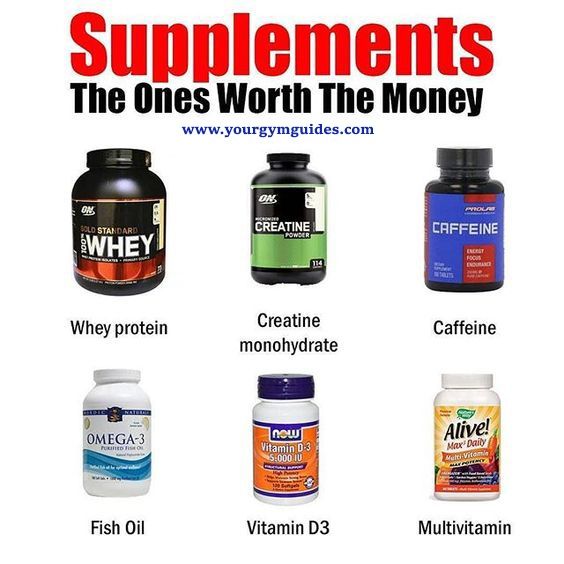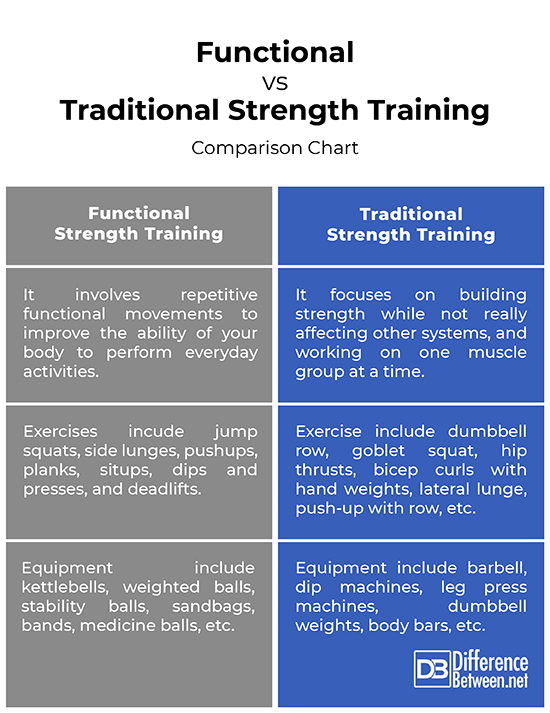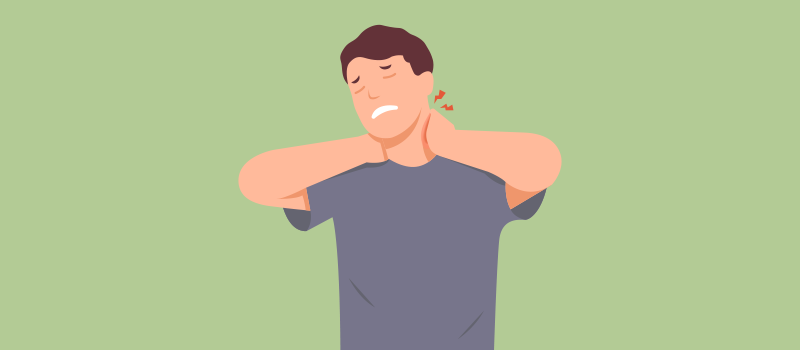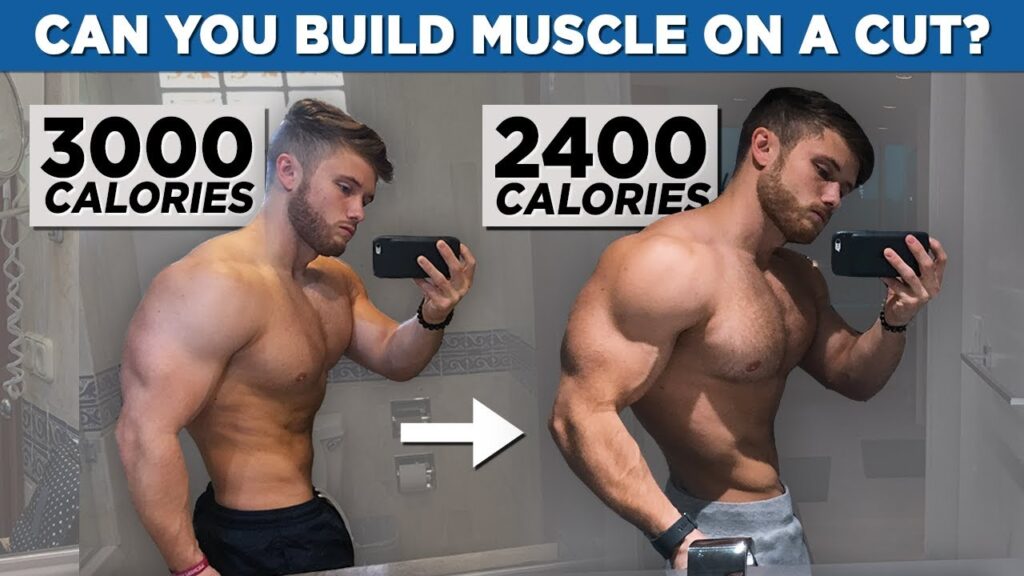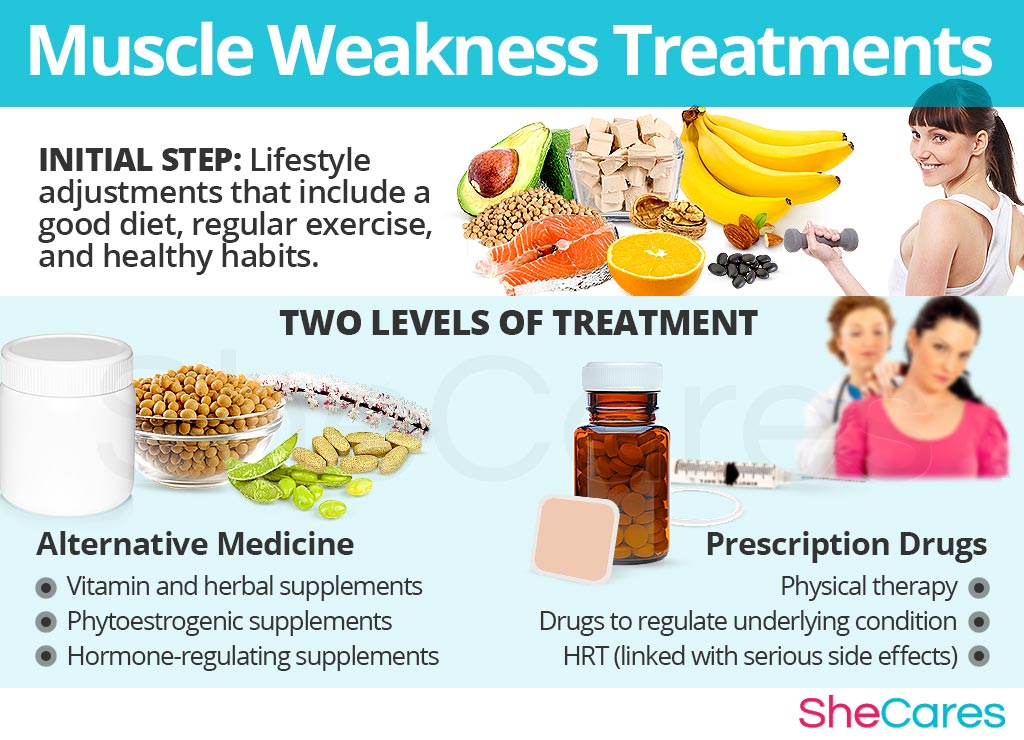Muscle building focuses on increasing muscle mass through strength training and nutrition. Fat loss aims to reduce body fat through diet and exercise.
Muscle building and fat loss are common fitness goals with different approaches. Muscle building emphasizes strength training and consuming a protein-rich diet to enhance muscle growth. Fat loss requires a caloric deficit through a balanced diet and regular cardiovascular exercise.
Both goals can coexist but usually need tailored strategies. Understanding the nuances between these objectives helps in setting realistic expectations and achieving desired results. By aligning workouts and nutritional plans with specific goals, individuals can make significant progress. A well-rounded fitness regime often incorporates elements of both muscle building and fat loss to improve overall health and physique.

Credit: www.fabulousphysiques.com.au
Muscle Building Basics
Focus on lifting heavy weights to build muscle. Use compound exercises like squats and deadlifts. Progressive overload is key to growth. Increase weights or reps over time. Consistency and patience are crucial. Don’t rush the process.
Workouts should be intense and focused. Train different muscle groups on different days. Allow muscles to rest and recover. Nutrition plays a big role. Eat protein-rich foods to support muscle repair. Stay hydrated and get enough sleep.

Credit: www.youtube.com
Fat Loss Fundamentals
Fat loss happens when you burn more calories than you eat. This is called a calorie deficit. Eating less and moving more helps in achieving this. Healthy foods like fruits and vegetables are great choices. Drinking lots of water is important too. Avoid junk food as much as possible. Exercise also plays a big role in fat loss.
Some exercises are great for losing fat. Running is one of the best. Cycling helps too. Swimming is also effective. Jumping rope can burn a lot of calories. Dancing is fun and burns fat. Strength training helps build muscle and burn fat. Walking is simple and effective. These exercises will help you lose fat quickly.
Nutrition For Muscle Gain
Protein helps build and repair muscles. Every meal should have some protein. Chicken, fish, and beans are good sources. Protein shakes can help too. Eating protein after workouts is very important.
Meals should be balanced. Include protein, carbs, and fats. Eat every 3-4 hours. This keeps your energy up. Snacks can be fruits or nuts. Drink plenty of water. Avoid junk food.
Dieting For Fat Loss
Eating fewer calories than your body needs creates a calorie deficit. This helps in burning stored fat. Tracking your daily calorie intake is important. Use apps to monitor your calories. Reduce portion sizes to consume fewer calories. Drink water before meals to feel full. Avoid sugary drinks and snacks. Choose low-calorie, high-fiber foods. Vegetables and fruits are great options. Eating lean proteins keeps you full longer. Avoid eating late at night. Small lifestyle changes lead to big results.
Eating a balanced diet is key. Include fruits, vegetables, and lean proteins. Whole grains are better than processed grains. Avoid foods high in sugar and fat. Replace junk food with healthy snacks. Nuts and seeds are good snack options. Drink plenty of water daily. Avoid sugary drinks and sodas. Cooking at home gives control over ingredients. Limit eating out to control calorie intake. Include healthy fats like avocado and olive oil. Eating healthy supports fat loss and overall health.
Training Strategies
Muscle building focuses on lifting heavier weights and progressive overload to increase muscle mass. Fat loss emphasizes high-intensity cardio and calorie deficit to shed excess body fat. Each strategy requires a tailored approach to achieve optimal results.
High-intensity Interval Training
High-Intensity Interval Training (HIIT) is very effective. It involves short bursts of intense exercise. Rest periods follow these bursts. HIIT can burn a lot of calories. It also boosts your metabolism. This helps in both muscle building and fat loss. HIIT sessions are usually short. They can be as short as 20 minutes. This is great for busy people.
Strength Training
Strength training focuses on building muscle. Lifting weights is the most common method. It helps in increasing muscle mass. More muscle means more calories burned. This is helpful for fat loss. Strength training should be done at least three times a week. It can include exercises like squats, deadlifts, and bench presses. Consistency is key for the best results.
Balancing Cardio And Weights
Cardio helps burn calories quickly. It improves heart health and endurance. Running, cycling, and swimming are great cardio exercises. Cardio also helps reduce body fat. It’s good for mental health too. Regular cardio can boost your mood. It lowers the risk of many diseases. Even 30 minutes a day can make a big difference.
Weightlifting builds muscle strength. It helps in fat loss as muscles burn more calories. Strong muscles support your joints. Weightlifting also improves bone density. This reduces the risk of fractures. It boosts metabolism, which helps in burning fat. Lifting weights can make you feel strong and confident. It’s great for overall body conditioning.
Common Mistakes
Overtraining can harm your progress. Muscles need time to rest and recover. Working out every day can cause fatigue and injury. Your body needs breaks to grow stronger. Plan rest days in your routine. Balance your workouts with proper rest.
Poor nutrition hinders both muscle building and fat loss. Eating junk food affects your energy and performance. A balanced diet is crucial. Include proteins, carbs, and fats in your meals. Drink plenty of water to stay hydrated. Proper nutrition fuels your workouts and recovery.
Tracking Progress
Regularly checking your progress is key. Use a scale and measuring tape for accurate results. Photos help track visible changes. Keep a journal to note your workouts and diet. This helps identify what works best.
Sometimes plans need changes. If weight loss stalls, tweak your diet or exercise. For muscle gain, check if you’re lifting heavier weights over time. Consistency is crucial. Small adjustments can make a big difference. Listen to your body and stay motivated.
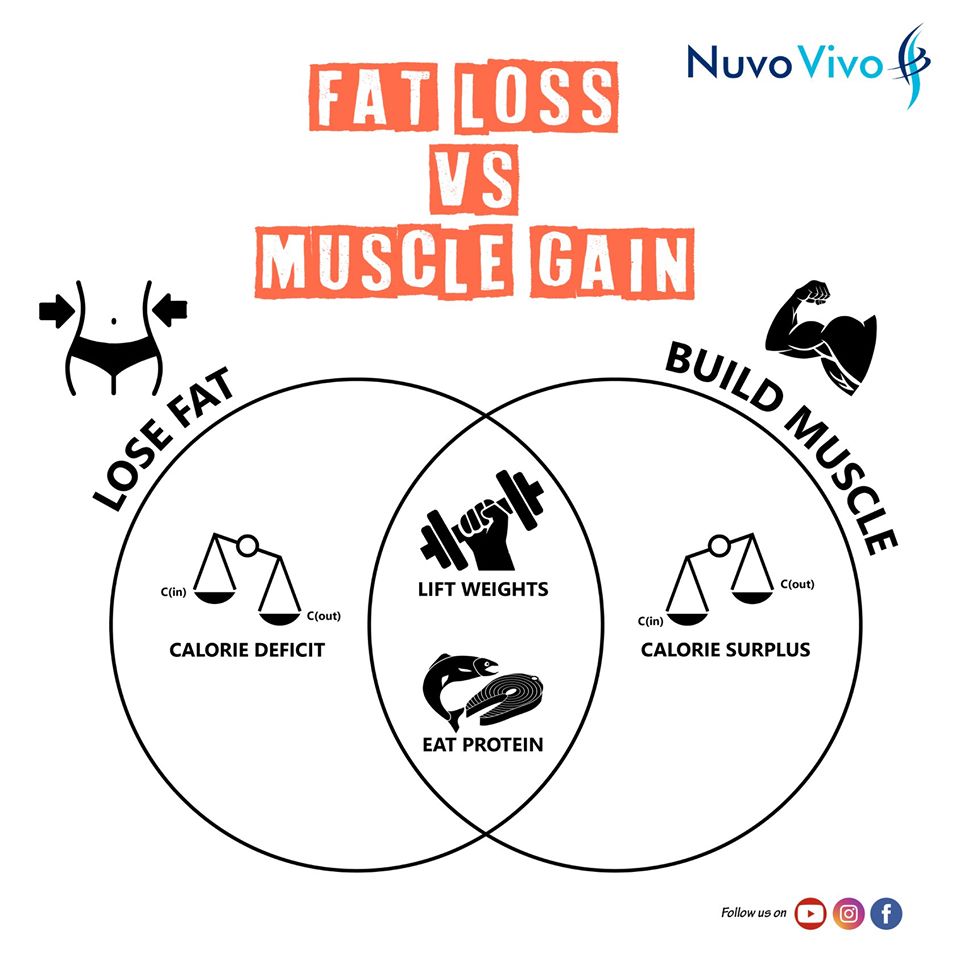
Credit: nuvovivo.com
Frequently Asked Questions
What Is The Difference Between Muscle Building And Fat Loss?
Muscle building focuses on increasing muscle mass through strength training. Fat loss aims to reduce body fat through diet and cardio. Both require different strategies but can be combined.
Can You Build Muscle And Lose Fat Simultaneously?
Yes, it’s possible to build muscle and lose fat simultaneously. This requires a balanced diet, strength training, and cardio. However, it’s challenging and progress may be slower.
How Important Is Diet For Muscle Building And Fat Loss?
Diet is crucial for both muscle building and fat loss. For muscle building, consume protein-rich foods. For fat loss, maintain a calorie deficit. Balanced nutrition supports both goals.
What Exercises Are Best For Muscle Building?
Compound exercises like squats, deadlifts, and bench presses are best for muscle building. They target multiple muscle groups and promote overall strength. Consistency and progressive overload are key.
Conclusion
Balancing muscle building and fat loss requires dedication and a strategic approach. Tailor your diet, exercise, and rest to your goals. Remember, consistency is key to achieving desired results. Listen to your body and adjust your plan as needed. Stay committed, and you’ll see progress in both muscle gain and fat reduction.

